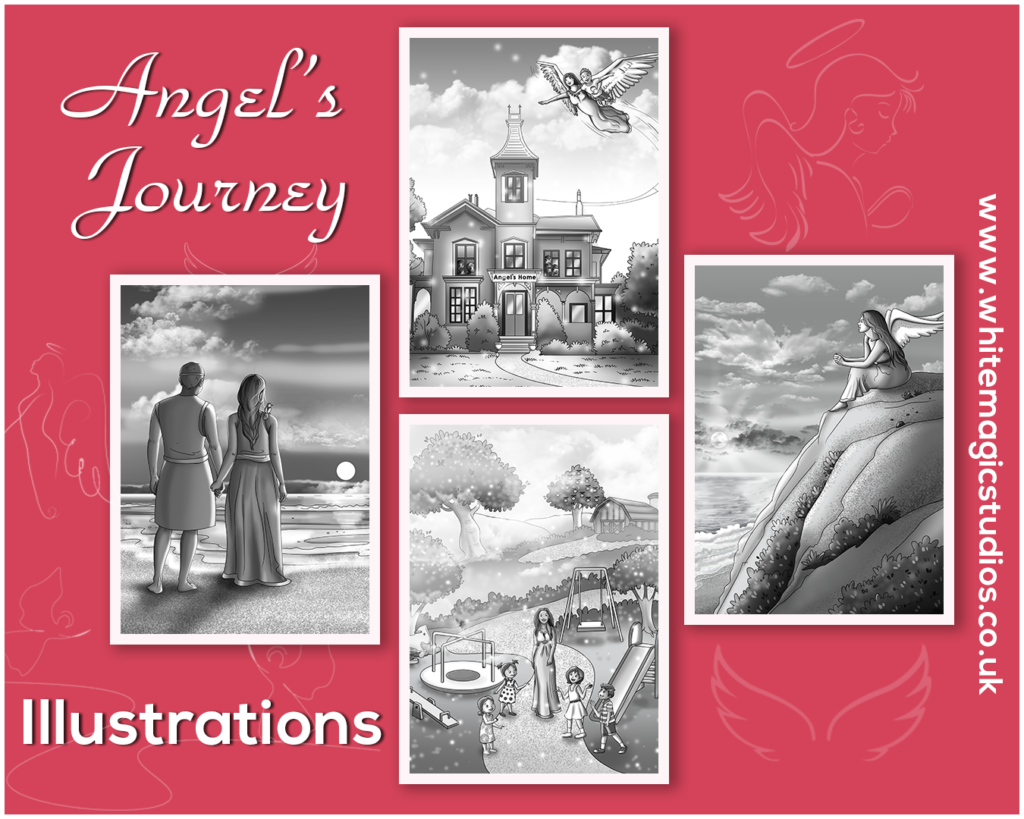“Illustrations can be a big window: a looking glass into the author’s imagination.”- says Tony DiTerlizzi.
Someone (probably Sunday Adelaja) also told that, “The deeper the illustration, the strengthened the value.”
This is so, so true. This is true for fiction as well as non-fictional books. In the case of non-fictional books, this has a far-fetched relevance.
Illustrations don’t mean some beautiful and colourful drawings only. It makes the book easier to understand. It adds appeal, interest, and attractiveness. Children’s book illustrators make the most use of illustrations.
Wikipedia describes illustrations as “An illustration is a decoration, interpretation, or visual explanation of a text, concept, or process, designed for integration in print and digitally published media, such as posters, flyers, magazines, books, teaching materials, animations, video games, and films.”
Illustrations have always been an essential element in non-fictional books. They drive home better understanding of the subjects to the audience. It also adds a visual element that makes the book more engaging. A self-publishing company such as White Magic Studios will make attractive illustrations for your book.
Non-fictional books consists of cookbooks, exercise books, and books that teach economics, science, mathematics, geography, etc. Complex non-fictional content can be simplified. Using charts, graphs, maps, photographs, drawings, lines, and diagrams in such books makes it easy to understand.
The benefits of using illustrations in a nonfiction book are as follows:
Illustrations help to simplify complex ideas. Non-fictional books often deal with complex concepts that may be difficult to understand. Authors can break down complex ideas into smaller, more manageable pieces by using pictures in books. For example, a diagram may be used to show the different parts of a machine. This makes it easier for a non-expert to understand how it works.
Illustrations help to make the book more engaging. Non-fictional books can often be dry and hence monotonous. But illustrations can add a visual element that makes the book more interesting. For example, a book about ancient Rome could include illustrations of buildings, clothing, and weapons from that era to bring that period to life. This can help readers to become more invested in the book. They can retain the information better.
Illustrations help to provide context. Non-fictional books often deal with historical events, scientific concepts, or social issues. Pictures are used to provide context. Thus, it’s easier for readers to understand the concept. For example, a map could be used to show the location of different countries during a particular historical period. This helps the readers to understand the context of the events being discussed.
Illustrations help to clarify technical information. Non-fictional books often include technical information that may be difficult to understand. Drawings are used to make that information clear. For example, a diagram is used in book-covers for children in textbooks. That diagram may show a science experiment being done. So, the concept is simplified & it becomes easier for students to understand how it works.
Illustrations help to break up the text. Non-fictional books may be dense and overwhelming, with large blocks of text that can be difficult to read. Sketches are used to break up that text. It makes the book visually more appealing and easier to read.
Illustrations help to cater to different learning styles. Not all readers learn in the same way. Some may be visual learners who benefit from images and diagrams, while others may be more auditory or kinaesthetic learners. Illustrations in non-fictional books make the book accessible to a wider group of readers.
Illustrations help to provide inspiration. Non-fictional books can be a source of inspiration for readers, and drawings can play a key role in that. For example, a book about successful entrepreneurs could include illustrations of their businesses or products. This will inspire readers to pursue their entrepreneurial dreams.
Illustrations help to create a sense of atmosphere. Non-fictional books often deal with historical events or social issues of a particular time or place. Illustrations may be used to create- a sense of atmosphere. Readers can imagine themselves in that time or place. For example, a book about the American Civil War could include illustrations of soldiers, weapons, and landscapes from that era. This creates a feeling of that atmosphere that immerses readers in that theme.
So, book design companies use illustrations in books to:-
- attract attention
- improve reader understanding and recall capacity
- increase the elegance of your book
- help the reader identify key points
- reduce text
- break your text into user-friendly sections
- evoke an emotional response
Use the services of self-publishers for editing, formatting, layout, conversion to e-books, creation of trailers, teasers, book-covers, etc.

